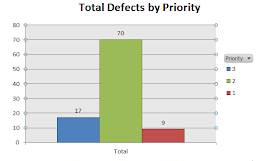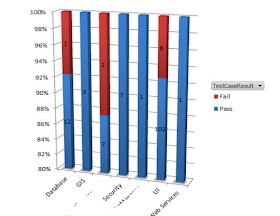This year our QA manager talked to every
QA member: One day before Production Release, we need to send out QA Release
Notes to Support Team, Project Stakeholders and some Managers. I like this procedure because testers in
different project may not know what others are doing in another project. From
release notes, they can learn something new.
In the beginning, I thought I needed to
write something about system requirement, bug fixes, bug description and the workaround
in the release notes. Finally I find it
really depends on the team culture. Most importantly, if you know who your target
audience is, just write what matters to them.
Release notes can be for either internal
or external use. For external users, system
requirements, bug fixes, bug descriptions and the workaround need to be
included.
System Requirement
What bugs we fixed?
What’s the workaround for bug
fixes?
For internal users such as our support
team, project stakeholders, managers and team members, they don’t care about them.
From our perspective, they only care about
Project Name
Release Sprint
Release Date
New features
Total defects by area path (Use Pivot Chart)
Total defects by priority (Use Pivot Chart)
Total Test cases pass and fail (Use Pivot Chart)
Caveats
Going forward
If you know who your target audience is,
you will know that there is no standard template of release notes. You can
create it by yourself at any time and just write what matters to them.




